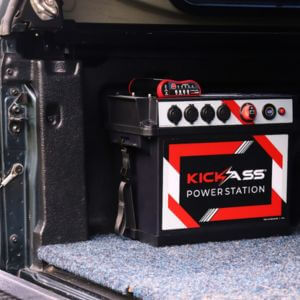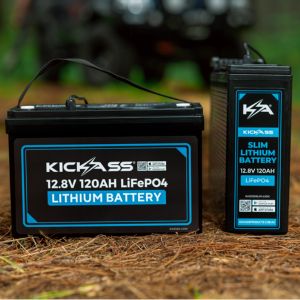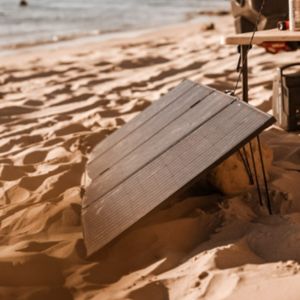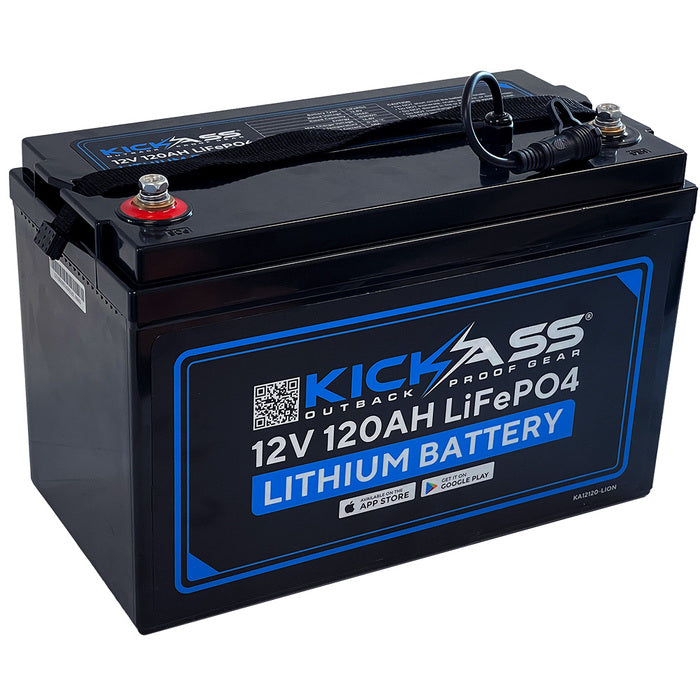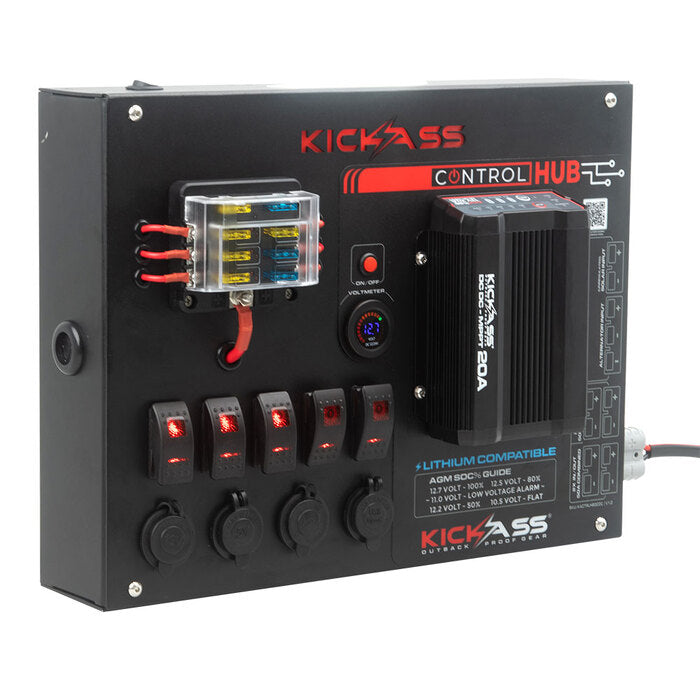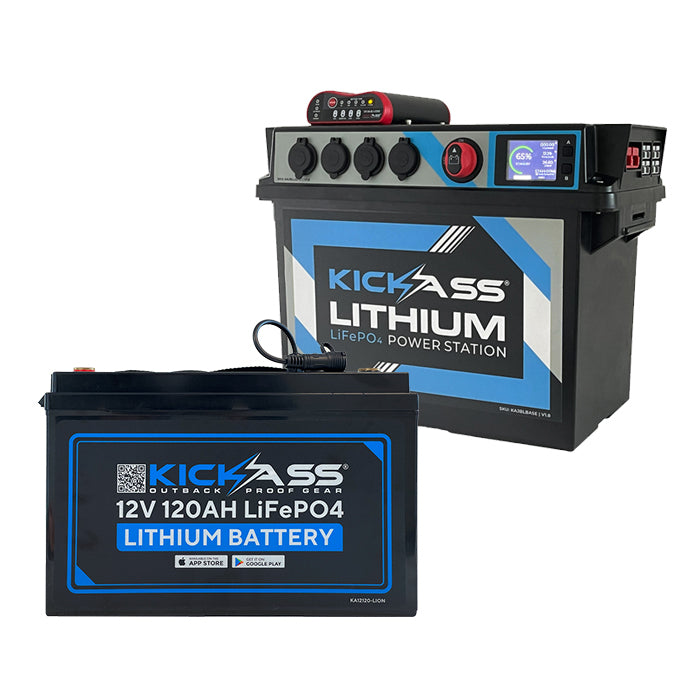
Watch our video on Understanding Voltage Drop and How to Avoid It
KickAss Products
Understanding Voltage Drop and How to Avoid It
FAQ: Understanding Voltage Drop and How to Avoid It
What is Voltage Drop in simple terms?
What will cause Voltage Drop?
How do you calculate Voltage Drop?
Our blog
Discover more guides, tips and tricks for powering up your outdoor adventures!
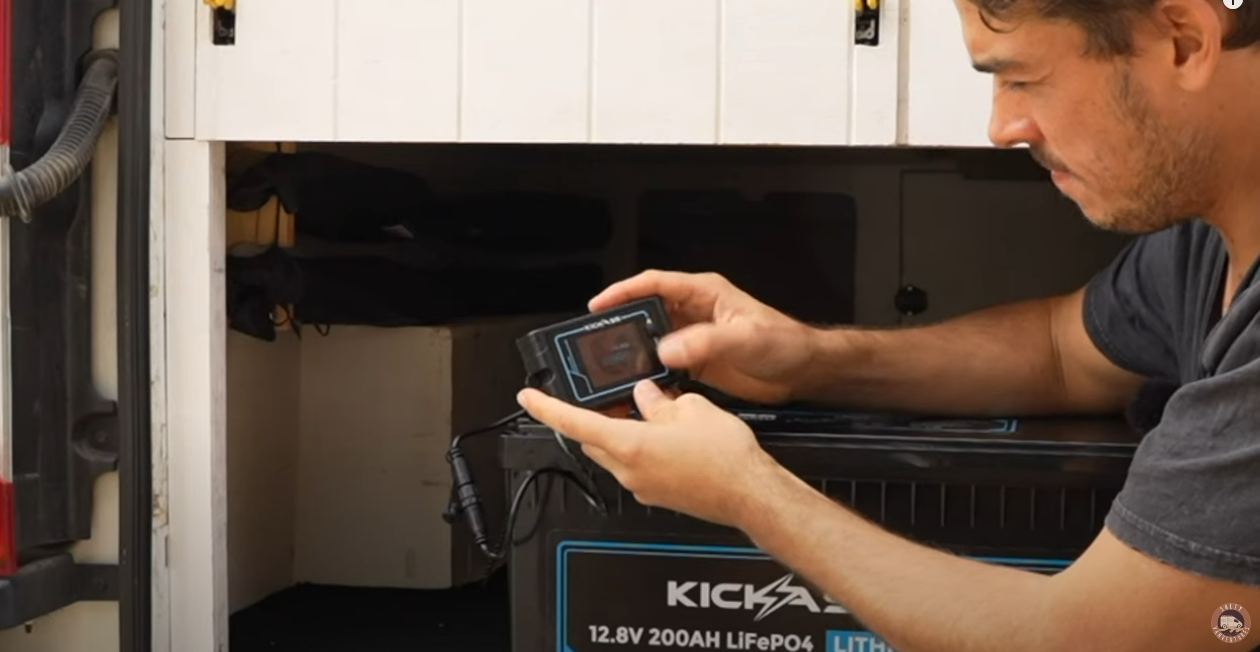
Battery Monitors and Alerts – Your Key To Keeping Your Battery System Safe
If you're preparing for an off-grid adventure, ensuring your battery system is reliable is critical. Whether you're powering a 12V fridge, charging devices, or running an electric BBQ, your battery...
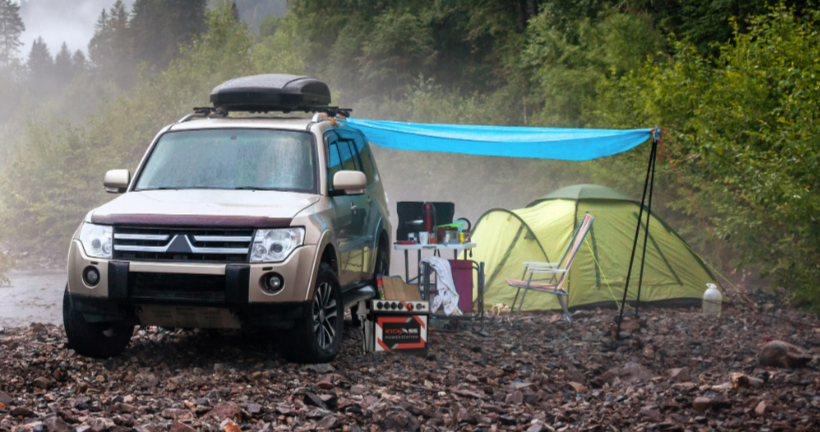
Off-Grid Camping for Beginners: Must-Have Power Gear
If you’re planning your first off-grid camping trip, you’re probably looking forward to some peace, quiet, and adventure away from city life. However, going off-grid doesn’t mean you have to give u...
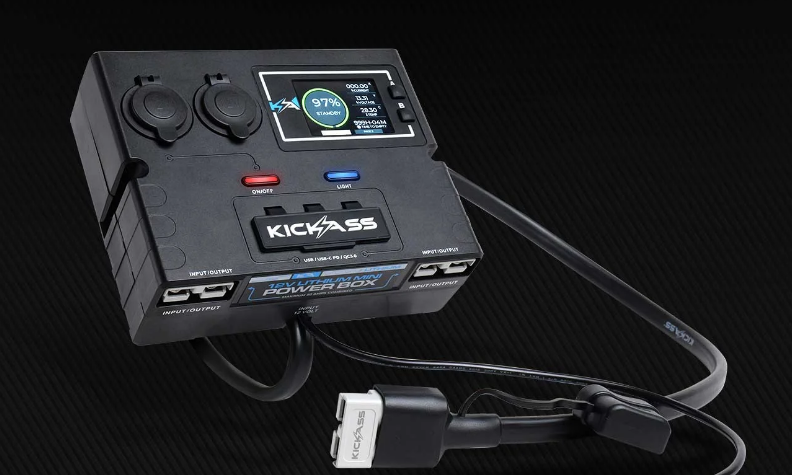
Step-by-Step Guide to Installing Your KickAss Lithium 12V Control Box with LCD Screen
Setting up your KickAss Lithium 12V Control Box with LCD Screen can greatly improve your off-grid experience by providing a dependable hub to manage all your devices. With the ability to charge mul...
